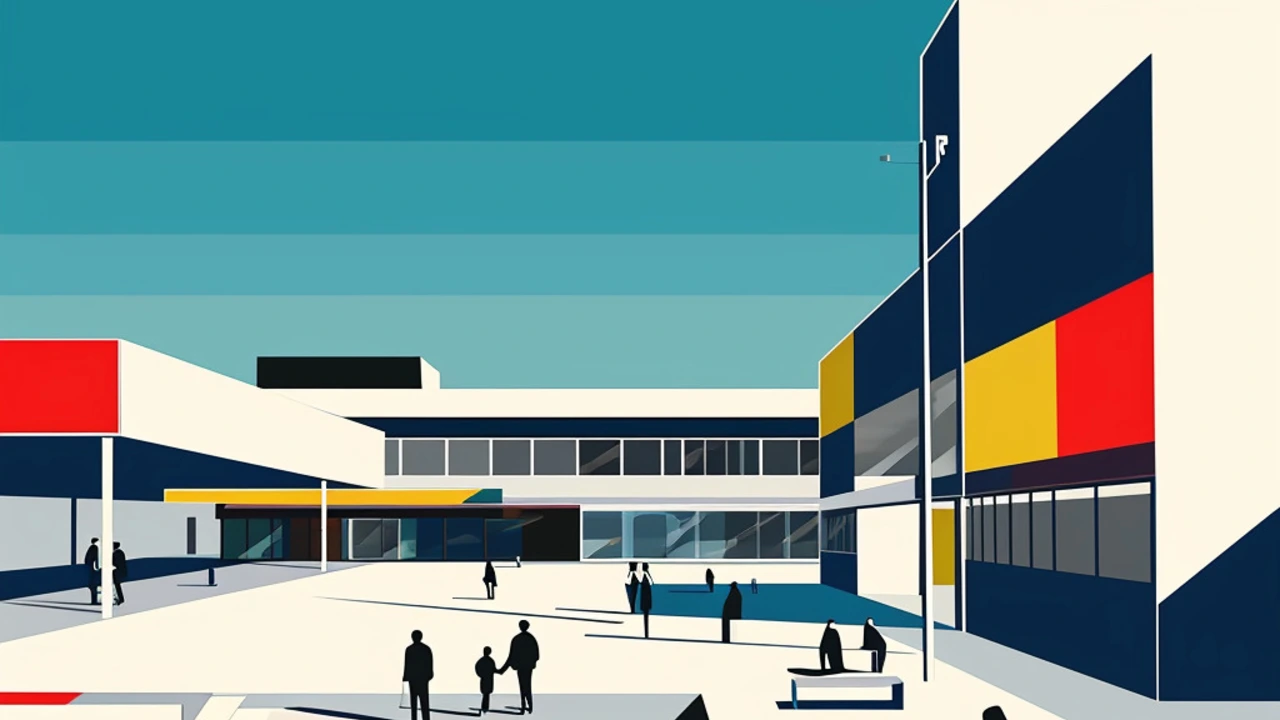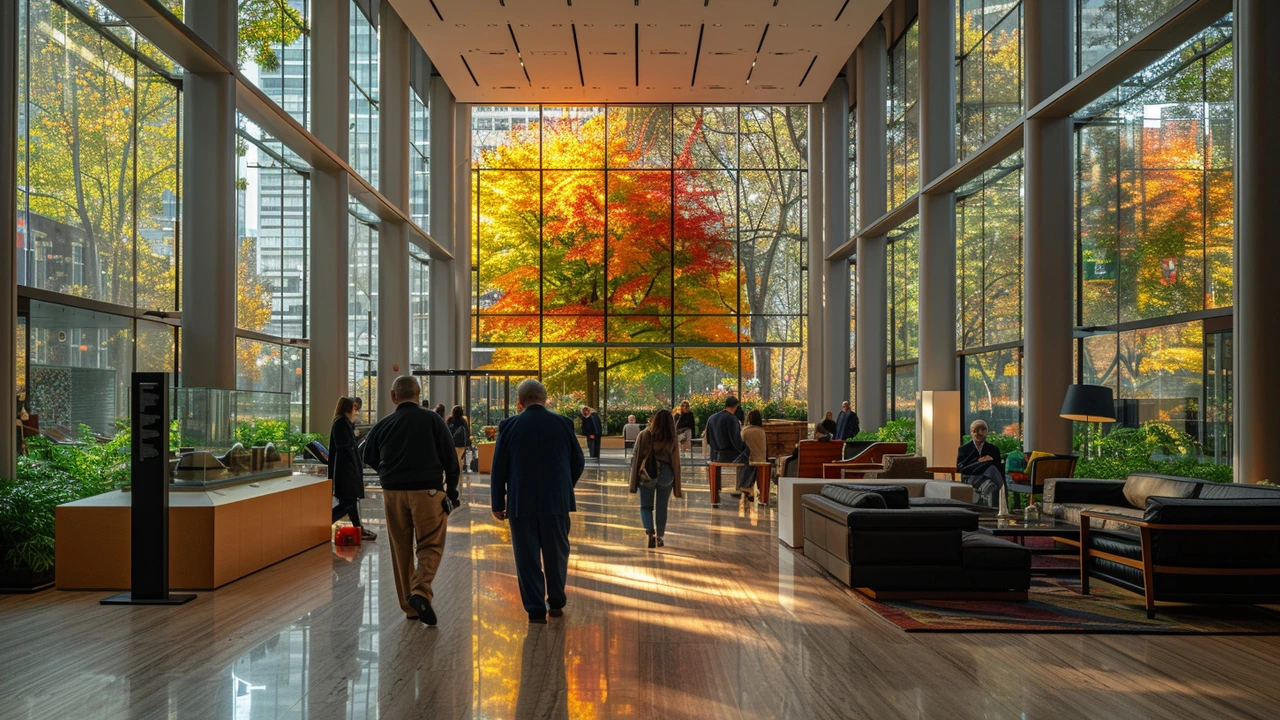Modern Architecture: How It Shapes Buildings, Homes and Cities
Modern architecture still shapes how you live — your chair, your phone, and your city block owe a debt to movements like Bauhaus and De Stijl. If you want to spot modern architecture or use its ideas at home, start with function, clean lines, and honest materials. Modern means stripping decoration that doesn't serve a purpose and designing for how people actually live.
Key movements to know
Bauhaus pushed the idea that form follows function: furniture, buildings and even typography should be useful and simple. De Stijl loved grids, primary colors and balance; you’ll see those rules in posters, interiors and facades. Constructivism brought bold geometry and social goals to design, influencing public buildings and signage. Futurism and early modernists pushed motion, technology and urban speed into the look of cities and transport. Brutalism favored raw concrete and exposed structure—practical but polarizing; you either admire its honesty or find it cold.
How to spot and use modern architecture
Look for flat roofs, open floor plans, large windows, and visible structure like beams or columns. Materials often show themselves: concrete, glass, and steel appear without hidden trims. Inside, expect multifunctional spaces and furniture that speaks both form and use. Want to bring modern ideas into your home? Choose simple furniture, reduce small decorations, let light lead room layouts, and pick one bold accent color against neutral tones. For small spaces, favor modular pieces that serve more than one purpose.
In cities, modern architecture appears as grid streets, plazas that host public life, and buildings designed for movement rather than ornament. Modernist planning also set the stage for smart city tech—clear lines and modular layouts make retrofitting sensors, transport hubs, and green systems easier. Landscape ideas from land art and futurism can transform leftover lots into parks or event spaces.
Want a quick exercise? Walk one neighborhood block and list five modernist details: window types, rooflines, visible structure, materials, or how public space is organized. That will train your eye and make design choices clearer when you redecorate or choose a renovation approach.
On Paul Artistry you'll find deeper reads: articles on Bauhaus, De Stijl, Constructivism, land art and avant‑garde home décor that show real examples and practical tips. Read one focused piece, then try one small change at home—a light fixture, a modular shelf, or removing a cluttered mantel—and see how it changes the feel.
If you prefer books, start with simple primers on modernism and biographies of Bauhaus figures. Guided tours and local architecture walks give instant context. For hands-on learning try a small sketching session outside a modern building or a mood board for a room. Those quick steps build confidence faster than long theory. Start small and have fun.
Modern architecture isn’t a museum topic; it’s a set of tools you can use to make buildings and rooms work better. Pick one idea, try it, and if you want, ask which modern move fits your space—I’ll help you test it.


